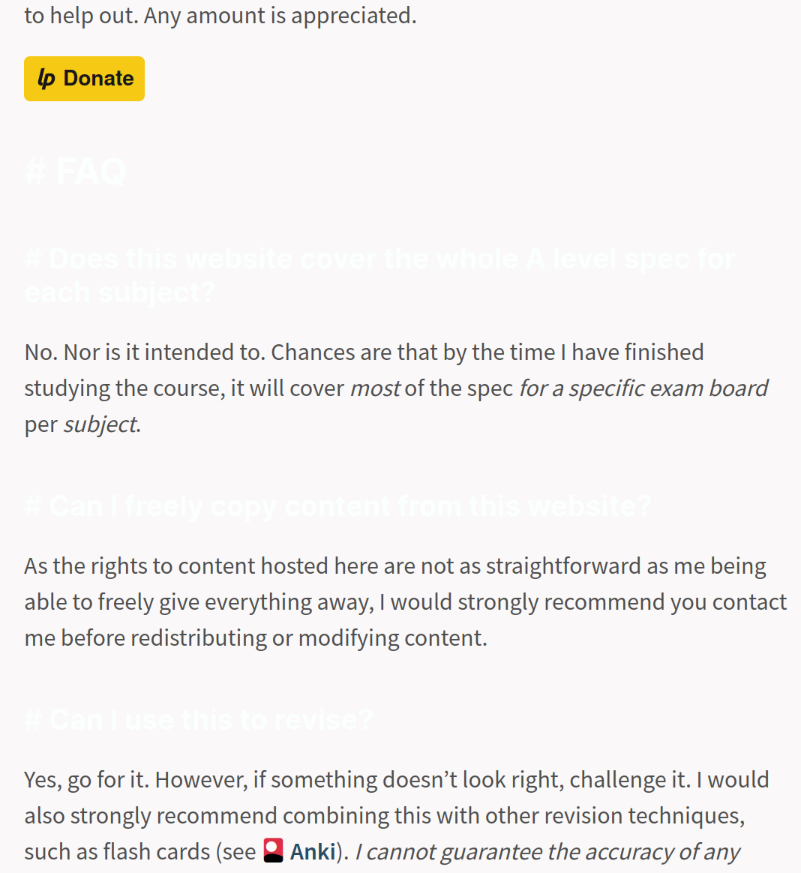

K-9 mail… isn’t supported or being developed any more.
That’s not true. They make frequent-enough releases, they post monthly progress reports, and they are actually going to become Thunderbird’s Android version.
Having said that, I almost switched to FairEmail because K-9 lacked support for some sort of authentication measure (which I no longer need), but that wasn’t because K-9 stopped development.








You need to sleep.